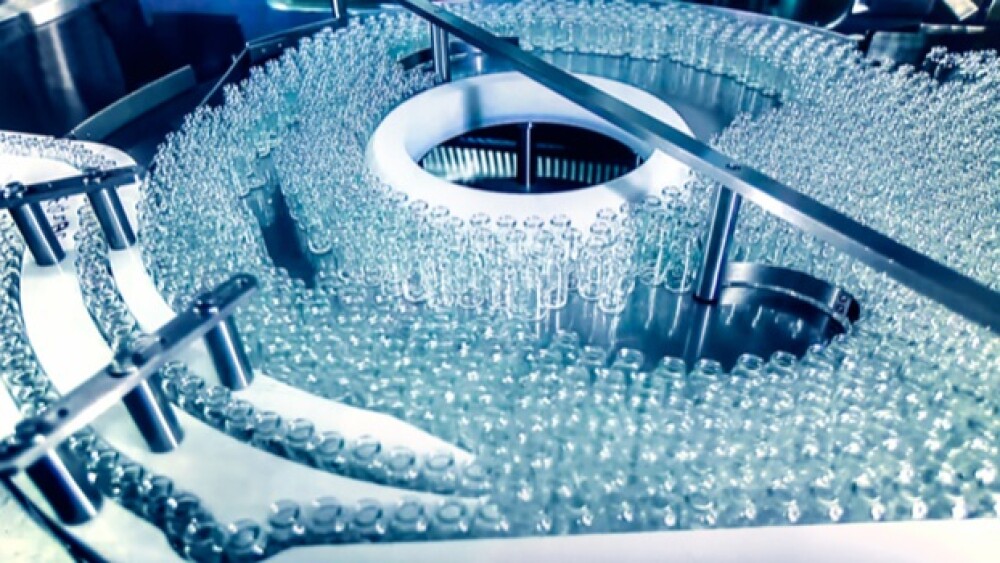Biotech manufacturing is the non-glamorous side of biopharma, although its impact on the economy shouldn’t be underestimated. Here’s everything you need to know.
Importance of Biotech manufacturing in increasing.
Biotech manufacturing is the non-glamorous side of biopharma, although its impact on the economy shouldn’t be underestimated. For example, a recent report published by TEConomy and BIO titled, “Investment, Innovation and Job Creation in a Growing U.S. Bioscience Industry 2018,” reported that the average wage in bioscience manufacturing was $64,860. It also reported that the six largest employer states in the drugs and pharmaceuticals manufacturing segment are California, New Jersey, North Carolina, Illinois, New York, Pennsylvania and Indiana.
In addition, much of biotech manufacturing is conducted by contract research organizations (CROs). In 2018, the top 10 CROs in the world are LabCorp, IQVIA, Syneos Health, PAREXEL, PRA Health Sciences, Pharmaceutical Product Development (PPD), Charles River Laboratories International (CRL), ICON, WuXi AppTec and Medpace Holdings. Combined, they represent annual revenues of $34.5 billion.
And it’s notable that as biologics, gene therapy and immuno-oncology becomes more advanced and more mainstream, the demands for specialized manufacturing has increased. A 2014 report noted that the new technology created operational and technological challenges, largely the difficulty of reproducing commercial scale quantities of large, complex molecules. As the report observed, an aspirin molecule contains 21 atoms. But a biopharmaceutical molecule could contain anywhere from 2,000 to 25,000 atoms. For example, Genentech’s Herceptin for breast cancer contains more than 25,000 atoms.
And although the numbers are likely different four to five years later, the report noted that a small-molecule manufacturing facility would likely cost $30 million to $100 million to build, but a similar-scale biotech-manufacturing facility requires $200 million to $500 million, with similarly scaled operating expenses.
Yet business is booming and the need for biologics manufacturing facilities is only going to grow, including its various subspecialties, such as the biotech manufacturing of viral vectors and plasmid DNA. As a June 2018 market research report, “Viral Vectors and Plasmid DNA Manufacturing Market, 2018-2030” notes, “Overall, eleven genetically modified therapies have been approved so far…. In addition, over 430 gene therapy candidates are presently in different stages of clinical development, for which over 500 clinical studies are currently underway in various regions across the globe. The growing number of gene therapy candidates, coupled with their rapid progression through various phases of clinical development, is expected to continue to create an increasing demand for vectors.”
Recent Developments in Biotech Manufacturing
Here’s a look at just a few recent biotech manufacturing stories.
Rubius Therapeutics is planning to open a biotech manufacturing plant in Rhode Island. It expects to invest up to $155 million over more than five years to renovate an existing 135,000-square-foot manufacturing plant in Smithfield, Rhode Island. The Board of the Rhode Island Commerce Corporation approved tax credits valued at $2.75 million on June 28 to support the project.
Only the day before, the company announced it is planning a $200 million initial public offering to support its personalized red blood cell therapeutics program. The company’s lead program is RTX-134, being developed to treat phenylketonuria (PKU), a metabolic disease. The company specializes in engineering red blood cells for medicinal purposes. Its therapeutic programs take stem cells and stimulate them into red blood cells, then inserts genetic material into those cells to express specific proteins.
On June 13, Cambridge, Massachusetts-based Sarepta Therapeutics announced it had signed a long-term strategic manufacturing deal with Brammer Bio. This arrangement will give Sarepta access to clinical and commercial biotech manufacturing capacity for its micro-dystrophin Duchenne muscular dystrophy (DMD) gene therapy program, as well as a manufacturing platform for future gene therapy programs.
The company points out that it has a hybrid internal and external development and manufacturing model. This allows the company to build internal expertise on adeno-associated virus (AAV)-based manufacturing, while externally Brammer Bio will provide scalable best-in-class manufacturing capabilities. Brammer has a staff of more than 400 that operates in Massachusetts and Florida. It has a 74,000 square-foot early clinical campus made up of three buildings in Alachua, Florida. It also has a 165,000 square-feet facility in Massachusetts for Phase III and commercial cGMP viral vector manufacturing.
AveXis, a Novartis company based in Illinois, is investing $55 million to build a new biotech manufacturing facility in Durham, North Carolina. The facility will create 200 jobs.
AveXis will use the new plant to make its first product candidate, AVXS-101, a gene therapy to treat three types of spinal muscular atrophy (SMA). SMA Type 1, also known as Werdnig Hoffmann disease, is a severe form of SMA. It usually is seen before six months of age and includes worsening muscle weakness and hypotonia (poor muscle tone) because of the loss of lower motor neurons in the spinal cord and brain stem. There are also feeding and breathing problems. The disease is caused by mutations in the SMN1 gene. Currently, the only treatment approved by the U.S. Food and Drug Administration (FDA) is Biogen’s Spinraza (nusinersen).
Durham was competing with the state of Illinois for the site. Illinois approved tax credits of almost $8 million to bring the jobs to Libertyville, Illinois. But AveXis took a $3 million incentive package in North Carolina.
“It’s notable that AveXis has chosen to expand its biotech manufacturing operations in North Carolina,” North Carolina’s Secretary of Commerce, Tony Copeland, said in a statement. “Life science companies understand the many advantages of our state offers manufacturers, particularly the investments North Carolina has made in education and workforce training for the biotechnology industry.”





